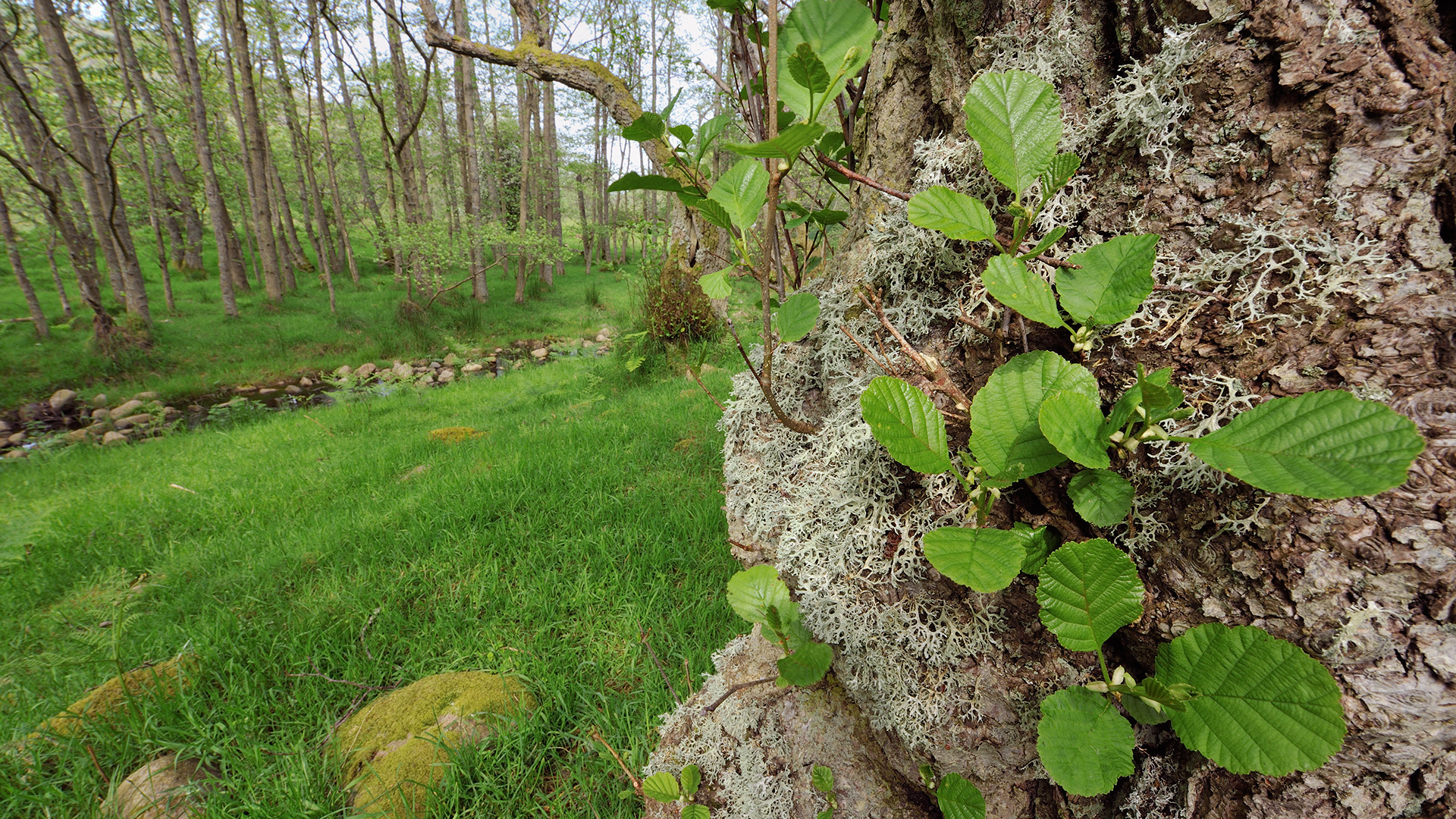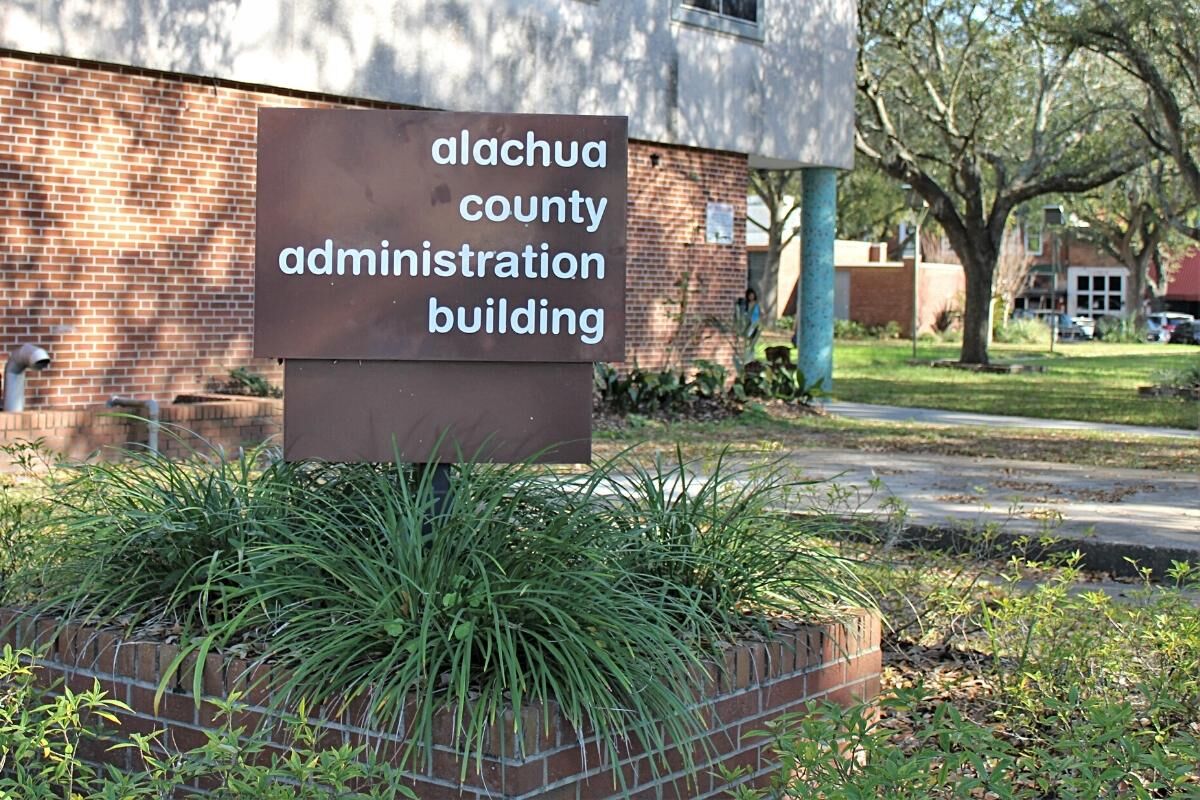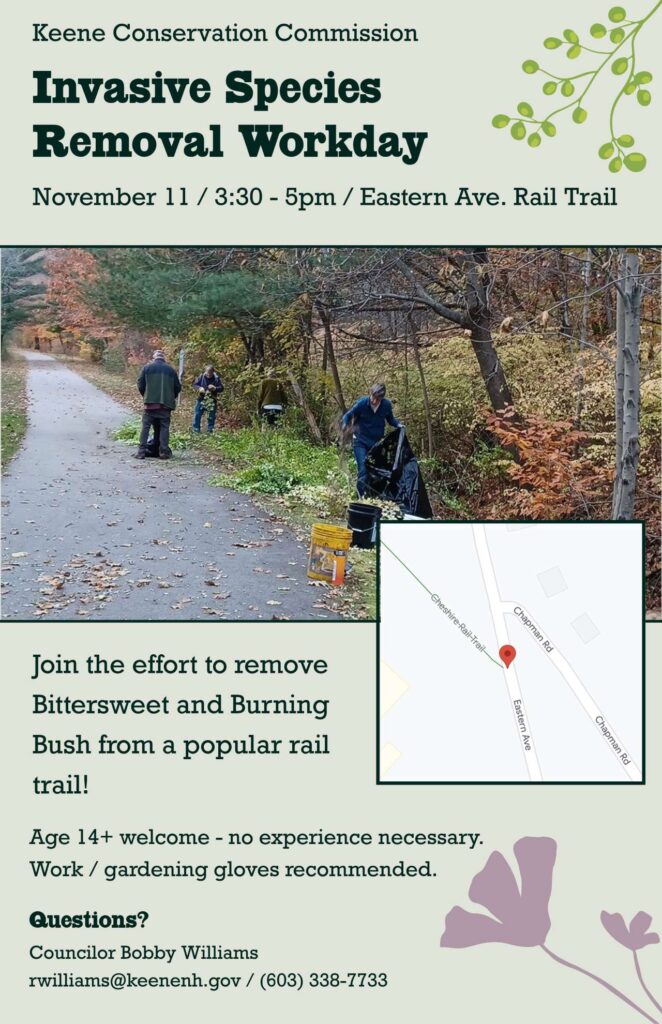Red alder trees help unlock nutrients from bedrock, boosting forest health – OSU Extension Service

Report on the Ecological Role of Red Alder and its Contribution to Sustainable Development Goals
Introduction: Advancing SDG 15 and SDG 13 through Forest Ecosystem Research
A recent study by Oregon State University and the U.S. Geological Survey reveals the critical function of red alder trees in enhancing forest health. The research demonstrates that these trees accelerate the release of essential mineral nutrients from bedrock, a finding with significant implications for achieving global sustainability targets. This report outlines the study’s findings and analyzes their direct contributions to Sustainable Development Goal 15 (Life on Land) and Sustainable Development Goal 13 (Climate Action) by promoting sustainable forest management and enhancing natural carbon sequestration.
Key Research Findings: Nutrient Cycling and Ecosystem Fertilization
The Symbiotic Mechanism for Nutrient Acquisition
The study highlights a dual-nutrient acquisition strategy employed by red alder, which is fundamental to its role in ecosystem health. This process is crucial for supporting the long-term productivity of forests, a key objective of SDG 15.
- Nitrogen Fixation: Through a symbiotic relationship with bacteria in its root nodules, red alder converts atmospheric nitrogen into a usable form, providing a natural fertilizer for the forest ecosystem.
- Rock Weathering: The same biological processes enable red alder to “eat” rocks, accelerating the weathering of bedrock to release vital mineral nutrients. This unique capability provides access to nutrients that are otherwise locked away and unavailable to other plant species.
Isotope Analysis Confirms Nutrient Origins
To validate these findings, researchers conducted a comparative study in Oregon’s Tillamook State Forest. The methodology provides a clear evidence base for sustainable management practices.
- Species Comparison: Leaf samples were collected from six tree species: red alder, Sitka spruce, Douglas-fir, western hemlock, western redcedar, and bigleaf maple.
- Isotope Fingerprinting: Strontium isotope analysis was used to determine whether the nutrients in the leaves were derived from atmospheric sources or from rock.
- Results: The analysis conclusively showed that red alder leaves contained the strongest signal of rock-derived nutrients, confirming their unique ability to access geological nutrient sources.
Implications for Sustainable Forest Management and Global Goals
Contribution to SDG 15: Life on Land
The research provides critical insights for the sustainable management of terrestrial ecosystems. By understanding the foundational role of red alder, forest management strategies can be developed to protect and enhance natural processes that support ecosystem resilience and biodiversity.
- Enhanced Forest Health: Red alder improves soil fertility by providing both atmospheric nitrogen and rock-derived minerals, supporting the growth of diverse plant life.
- Sustainable Productivity: Incorporating red alder in forestry practices can help maintain long-term productivity without relying on artificial inputs, aligning with the principles of sustainable ecosystem use under SDG 15.
Contribution to SDG 13: Climate Action
Healthy, productive forests are essential carbon sinks. The role of red alder in nutrient cycling directly supports climate change mitigation efforts as outlined in SDG 13.
- Increased Carbon Storage: By improving the availability of all essential nutrients, red alder promotes robust forest growth. This enhanced biomass accumulation leads to greater carbon sequestration, helping to mitigate the effects of climate change.
- Ecosystem Resilience: Nutrient-rich ecosystems are more resilient to climate-related stressors, ensuring that forests can continue to function as effective carbon sinks in the long term.
Conclusion
The study’s findings underscore the pivotal role of the red alder tree as a keystone species in forest ecosystems. Its ability to enrich soil with nutrients from both the atmosphere and bedrock is a powerful natural process that supports forest health, productivity, and resilience. This research provides a scientific foundation for forest management practices that are aligned with the objectives of SDG 15 (Life on Land) and SDG 13 (Climate Action), demonstrating how the protection of specific ecological functions is integral to achieving global sustainability.
1. Which SDGs are addressed or connected to the issues highlighted in the article?
SDG 15: Life on Land
- The article’s primary focus is on forest ecosystems, specifically the role of red alder trees in maintaining forest health and productivity. This directly aligns with SDG 15, which aims to “protect, restore and promote sustainable use of terrestrial ecosystems, sustainably manage forests, combat desertification, and halt and reverse land degradation and halt biodiversity loss.” The research on how red alders release nutrients from bedrock and fix nitrogen is central to understanding and managing forest health.
SDG 13: Climate Action
- The article explicitly connects the function of red alder trees to climate change mitigation. It states that by improving nutrient access, red alders “help support long-term forest health, productivity and carbon storage — key components in mitigating climate change.” This directly links the research to SDG 13, which calls for urgent action to combat climate change and its impacts.
SDG 2: Zero Hunger
- An indirect but relevant connection is made to SDG 2, which includes targets for sustainable agriculture and soil quality. The article draws a parallel between forest nutrient cycling and agriculture, stating, “Farmers figured out long ago that nutrients are essential for maintaining productivity.” The study’s findings on natural fertilization processes (nitrogen fixation and mineral release from rock) are fundamental principles that also apply to maintaining soil health and productivity for food production, aligning with the goal of sustainable food systems.
2. What specific targets under those SDGs can be identified based on the article’s content?
SDG 15: Life on Land
- Target 15.1: By 2020, ensure the conservation, restoration and sustainable use of terrestrial and inland freshwater ecosystems and their services, in particular forests…
- The research provides critical knowledge on how forest ecosystems are sustained. The article highlights that red alders “play a critical role in maintaining healthy forest ecosystems by helping release essential nutrients from bedrock,” which is fundamental to the sustainable use and health of these ecosystems.
- Target 15.2: By 2020, promote the implementation of sustainable management of all types of forests…
- The article directly addresses this target by stating that “understanding how red alder enhances nutrient cycling can inform sustainable forest practices.” The findings provide a scientific basis for managing forests in a way that ensures long-term health and productivity.
- Target 15.3: By 2030, combat desertification, restore degraded land and soil… and strive to achieve a land degradation-neutral world.
- The process described, where red alders “eat’ rocks” and “fertilize forests,” is a natural mechanism for improving land and soil quality. This knowledge can be applied to efforts to restore degraded forest lands by enriching the soil with essential rock-derived nutrients and nitrogen.
SDG 13: Climate Action
- Target 13.3: Improve education, awareness-raising and human and institutional capacity on climate change mitigation…
- The research itself, published in the Proceedings of the National Academy of Sciences, contributes to the scientific understanding and awareness of natural climate mitigation processes. The article explains how red alders “influence carbon storage,” thereby enhancing the capacity of forest managers and scientists to leverage these natural solutions for climate action.
SDG 2: Zero Hunger
- Target 2.4: By 2030, ensure sustainable food production systems and implement resilient agricultural practices that increase productivity… and that progressively improve land and soil quality.
- The article’s core finding about how nitrogen-fixing trees access rock-derived nutrients provides insights directly applicable to this target. The statement, “Nitrogen is the most important nutrient for plant life,” and the discovery of how trees access other nutrients like “calcium and phosphorus from bedrock” are principles that underpin sustainable agricultural practices aimed at improving soil quality without relying solely on synthetic fertilizers.
3. Are there any indicators mentioned or implied in the article that can be used to measure progress towards the identified targets?
Indicators for SDG 15 (Life on Land)
- Measurement of rock-derived nutrients in vegetation: The study used “strontium isotope composition” in tree leaves as a direct indicator to determine the source of nutrients. The article states that “red alder leaves had the strongest signal of rock-derived nutrients.” This method serves as a specific, measurable indicator of ecosystem health and the effectiveness of nutrient cycling, which is a proxy for progress under Targets 15.1 and 15.2.
- Forest productivity: While not quantified with a specific number, “long-term forest productivity” is mentioned as a key outcome of the nutrient cycling facilitated by red alders. This can be measured through metrics like biomass growth or timber yield over time, serving as an indicator for sustainable forest management (Target 15.2).
Indicators for SDG 13 (Climate Action)
- Rate of Carbon Storage: The article explicitly identifies “carbon storage” as a key benefit. It notes that red alders help forests “grow and store carbon.” Therefore, measuring the amount of carbon sequestered in forest biomass and soils where red alders are present is a direct indicator of progress towards climate change mitigation (relevant to the overall goal of SDG 13).
Indicators for SDG 2 (Zero Hunger)
- Availability of essential nutrients in ecosystems: The research focuses on the release of “calcium and phosphorus from bedrock” and the fixation of atmospheric “nitrogen.” Measuring the levels of these key nutrients in soil and plant tissue is an implied indicator for assessing land and soil quality, which is crucial for Target 2.4. The study’s analysis of leaf composition is a direct example of such an indicator.
4. Table of SDGs, Targets, and Indicators
| SDGs | Targets | Indicators Identified in the Article |
|---|---|---|
| SDG 15: Life on Land |
15.1: Sustainable use of terrestrial ecosystems.
15.2: Sustainable management of all types of forests. 15.3: Restore degraded land and soil. |
– Measurement of rock-derived nutrients in vegetation (specifically, using strontium isotope composition in leaves).
– Forest productivity (implied through statements on supporting “long-term forest productivity”). – Level of essential nutrients (calcium, phosphorus) released into the ecosystem. |
| SDG 13: Climate Action | 13.3: Improve education and awareness on climate change mitigation. | – Rate of carbon storage in forest ecosystems (explicitly mentioned as a key outcome). |
| SDG 2: Zero Hunger | 2.4: Ensure sustainable food production systems and improve land and soil quality. | – Availability of essential plant nutrients (nitrogen, calcium, phosphorus) in the ecosystem (implied through the study of natural fertilization processes). |
Source: extension.oregonstate.edu

What is Your Reaction?
 Like
0
Like
0
 Dislike
0
Dislike
0
 Love
0
Love
0
 Funny
0
Funny
0
 Angry
0
Angry
0
 Sad
0
Sad
0
 Wow
0
Wow
0












































































